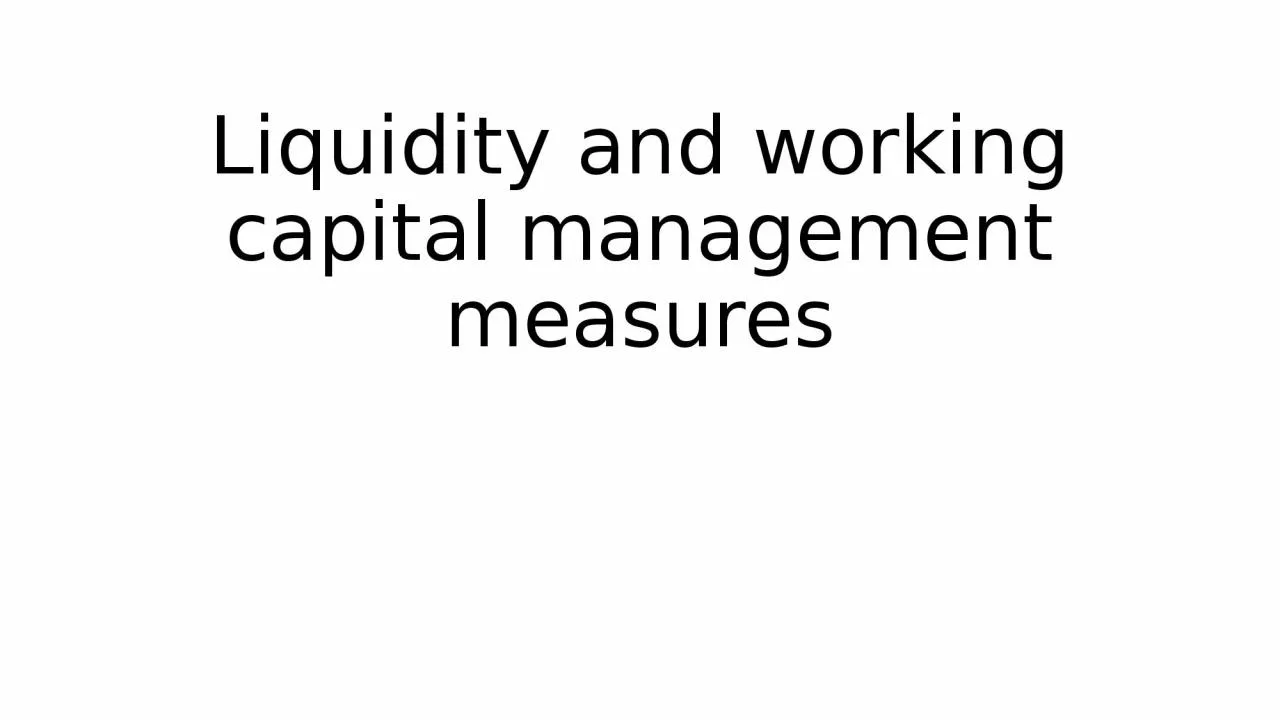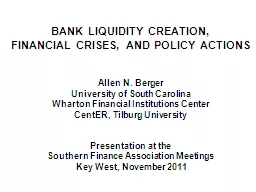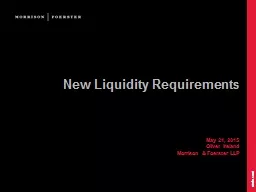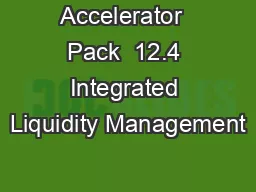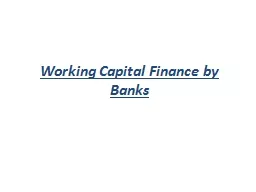PPT-Liquidity and working capital management measures
Author : mila-milly | Published Date : 2023-11-05
Overcoming a liquidity crisis cont The possibilities of internal financing sources depend strongly on the company and the respective industry If the company has
Presentation Embed Code
Download Presentation
Download Presentation The PPT/PDF document "Liquidity and working capital management..." is the property of its rightful owner. Permission is granted to download and print the materials on this website for personal, non-commercial use only, and to display it on your personal computer provided you do not modify the materials and that you retain all copyright notices contained in the materials. By downloading content from our website, you accept the terms of this agreement.
Liquidity and working capital management measures: Transcript
Download Rules Of Document
"Liquidity and working capital management measures"The content belongs to its owner. You may download and print it for personal use, without modification, and keep all copyright notices. By downloading, you agree to these terms.
Related Documents

